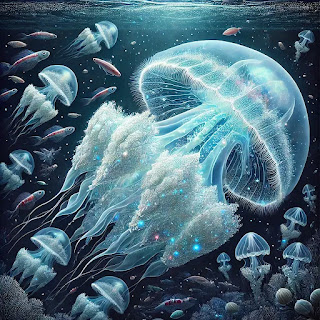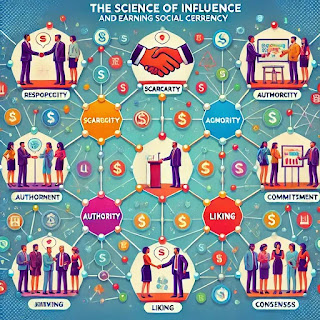The Wonder of the Immortal Fish: A Dive Into Nature’s Marvel
.%20The%20scene%20should%20cap.webp)
Welcome to an exploration of one of the most fascinating creatures on Earth: the "Immortal Fish." Its name sounds like something out of myth, but this unique species holds secrets that could revolutionize biology, medicine, and biodiversity conservation. Dive in as we unravel the magic behind this extraordinary fish, its biology, life cycle, diet, and the latest scientific discoveries shaping the future! Meet the Immortal Fish: A Biological Marvel The so-called "Immortal Fish" isn’t just a catchy name—it's a real phenomenon. While not actually immortal, this fish has the remarkable ability to resist aging and regenerate damaged tissues. The species that has captured the fascination of scientists worldwide is Turritopsis dohrnii , commonly known as the "Immortal Jellyfish." Though jellyfish technically aren't "fish," their biological functions have a lot in common with aquatic life forms. This jellyfish’s claim to fame lies in its abil...





